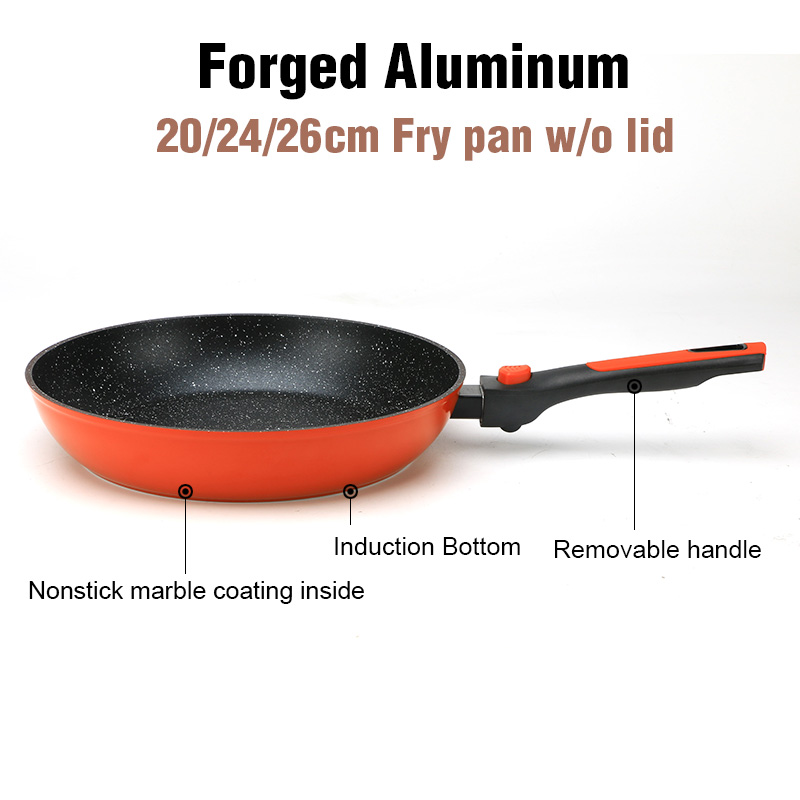In the world of cooking, non-stick pans have become a staple in every kitchen. From flipping eggs to sautéing vegetables, non-stick pans make cooking a breeze. But have you ever wondered where this kitchen essential originated? In this article, we delve into the history of non-stick pans and how they came to be.
The origin of non-stick pans can be traced back to the 1950s, when a French engineer named Marc Grégoire was tinkering around in his garage. His wife had complained to him about the difficulty of cleaning their cooking pots, which always seemed to have food sticking to the bottom. This prompted Grégoire to experiment with various coatings to prevent food from sticking.
Grégoire eventually stumbled upon a substance known as polytetrafluoroethylene (PTFE), which was used in military and industrial applications for its non-stick properties. He decided to try using this material to coat his cooking pots, and found that it worked incredibly well. The non-stick surface allowed him to cook food without having it stick to the bottom, and it made cleaning up a breeze.
Grégoire went on to found a company called Tefal, which produced the first non-stick pans in 1954. These pans were made by coating aluminum with PTFE, which was marketed under the brand name “Teflon.” The new pans quickly gained popularity in France, and soon spread throughout Europe and beyond.
As the popularity of non-stick pans grew, other companies began to develop their own versions of the product. In the United States, a company called Dupont began producing its own line of Teflon-coated pans, which quickly became a household name.
Despite the popularity of non-stick pans, there have been some concerns raised about the safety of PTFE coatings. When heated to high temperatures, PTFE can release toxic fumes that have been linked to flu-like symptoms in humans and death in pet birds. In response to these concerns, some manufacturers have begun producing non-stick pans with alternative coatings, such as ceramic or diamond-infused coatings.
Today, non-stick pans are a ubiquitous feature of modern kitchens. They come in a variety of shapes and sizes, from small frying pans to large sauté pans. They can be made from a variety of materials, including aluminum, stainless steel, and even cast iron.
In addition to the traditional PTFE-coated pans, there are now a variety of other types of non-stick pans available. Ceramic-coated pans have become increasingly popular in recent years, as they are free from the potential health risks associated with PTFE. These pans are made by coating the cooking surface with a layer of ceramic material, which provides a non-stick surface that is also scratch-resistant and easy to clean.
Another type of non-stick pan that has gained popularity in recent years is the diamond-infused pan. These pans are made by coating the cooking surface with a layer of diamond particles, which creates an incredibly durable and scratch-resistant surface that is also non-stick.
Despite the many types of non-stick pans available, some cooks still prefer the traditional cast iron skillet. Cast iron pans are naturally non-stick when properly seasoned, and they have the added benefit of being able to go from stovetop to oven without any issues.
In conclusion, non-stick pans have become a staple in kitchens all around the world, thanks to the innovative work of Marc Grégoire in the 1950s. While there have been concerns raised about the safety of PTFE coatings, there are now many alternatives available, including ceramic and diamond-infused coatings. No matter what type of non-stick pan you prefer, it’s clear that
Post time: Feb-20-2023




